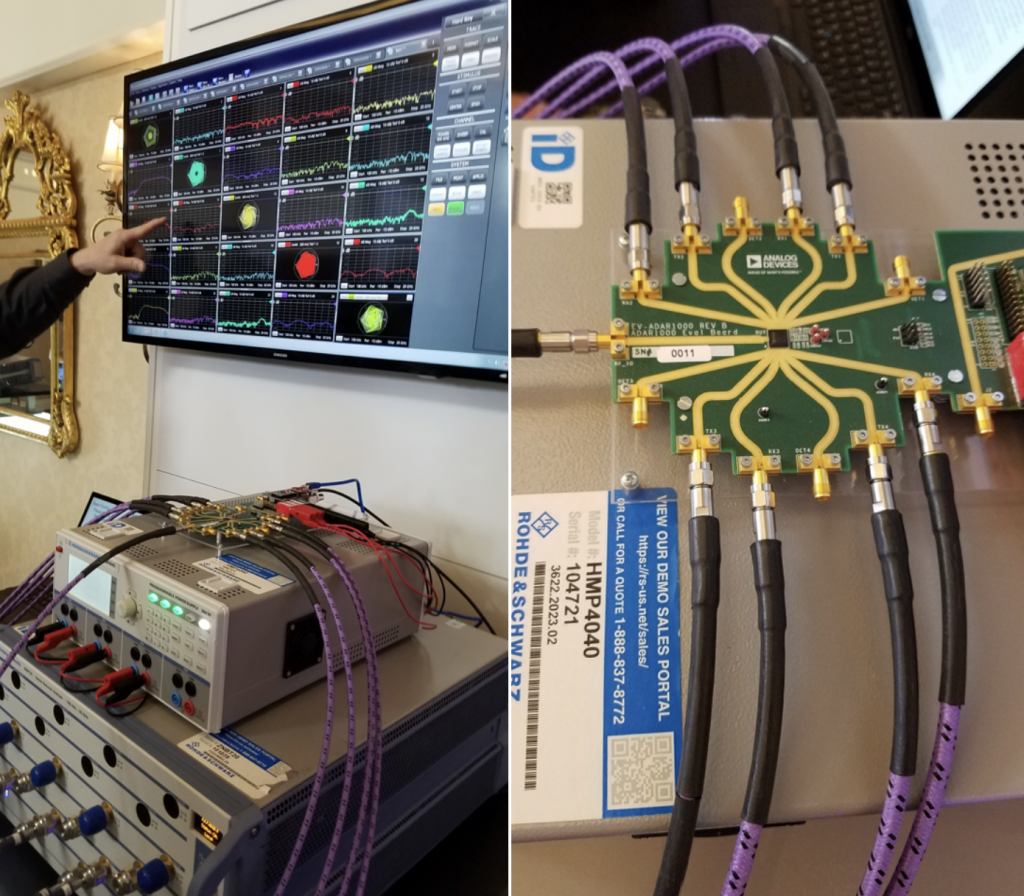› Forums › IoTStack › News (IoTStack) › 5G Heats Up Base Stations
Tagged: Development_G5
- This topic has 1 voice and 0 replies.
-
AuthorPosts
-
-
December 9, 2019 at 6:06 am #37275
#News(IoTStack) [ via IoTGroup ]
Headings…
5G Heats Up Base Stations
Kevin Fogarty
Knowledge Centers Blogs
5G
Communications
Wireless
Gallium Nitride (GaN)
 Technical Papers
Technical PapersAuto extracted Text……
The 5G base station will have beamforming massive multiple-input, multiple-output (MIMO) antennas—an array of antennas that can focus and steer multiple beams simultaneously to different targets on the ground, such as a cell phone, using the millimeter wave spectrum.
“If you embed the antenna into the package, when the package heats up or cools down, that changes how the antennas work,” said Keith Schaub, vice president of business development for Advantest’s U.S. Applied Research & Technology unit.
“If engineers are used to working at lower frequencies on these earlier cellular applications, and then they transition to working on 5G at higher frequencies, all of sudden all the rules are more stringent, all the rules of thumb go out the door, and you have to do a more thorough design,” said Mike Leffel, an application engineer at Rohde & Schwarz.
All, or nearly all, RF base stations that operate below 6GHz use digital beamforming because it is more power- and heat efficient than analog.
Hybrid designs that use analog signals for RF and digital for networking are among the most common topologies used in satellite communication radar and other 5G-similar applications of the last two or three decades, communication methods, according to Redeiz, who specializes in millimeter wave and primarily on those issues before the growth in demand for terrestrial demand for high-frequency bandwidth.
People are talking about a lot of ways to mix and match frequencies and protocols and devices in other ways that would deliver a lot of value from 5G, especially for people who don’t necessarily need microsecond latency and 10,000 Gbit/sec wireless network connections, says Gilles Lamant, distinguished engineer at Cadence.
Still, those would be a lot less with a slower wireless interface, or even a smaller geographic area covered by 5G that allowed all that RF data to go straight onto the network digital domains,” Lamant says
Read More..
AutoTextExtraction by Working BoT using SmartNews 1.0299999999 Build 26 Aug 2019
-
-
AuthorPosts
- You must be logged in to reply to this topic.
